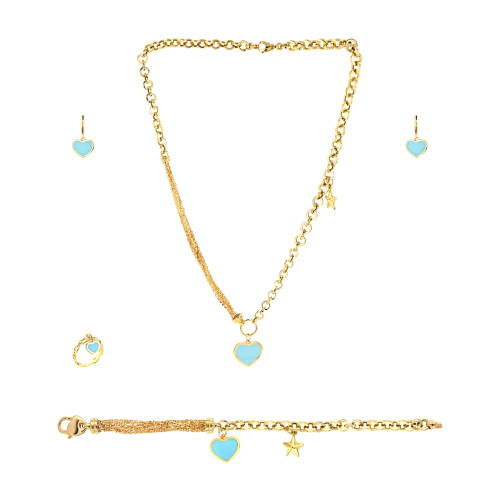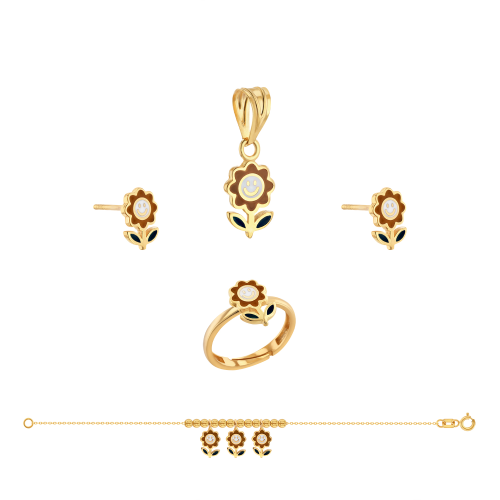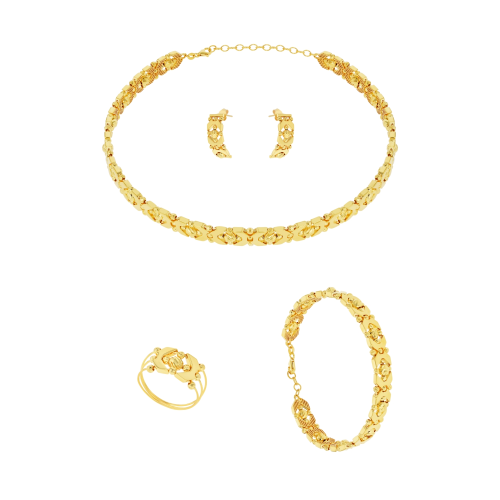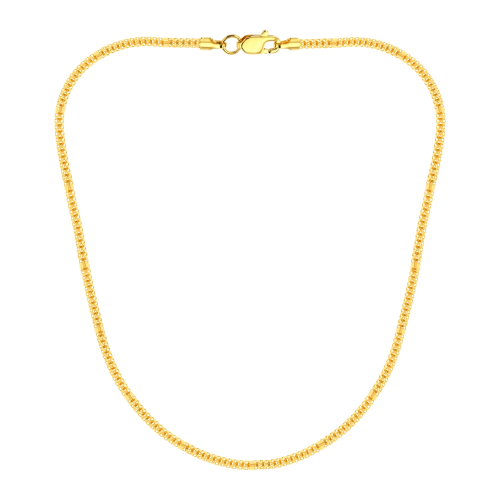3D-Printed Gold Jewelry: The Future of Custom Luxury
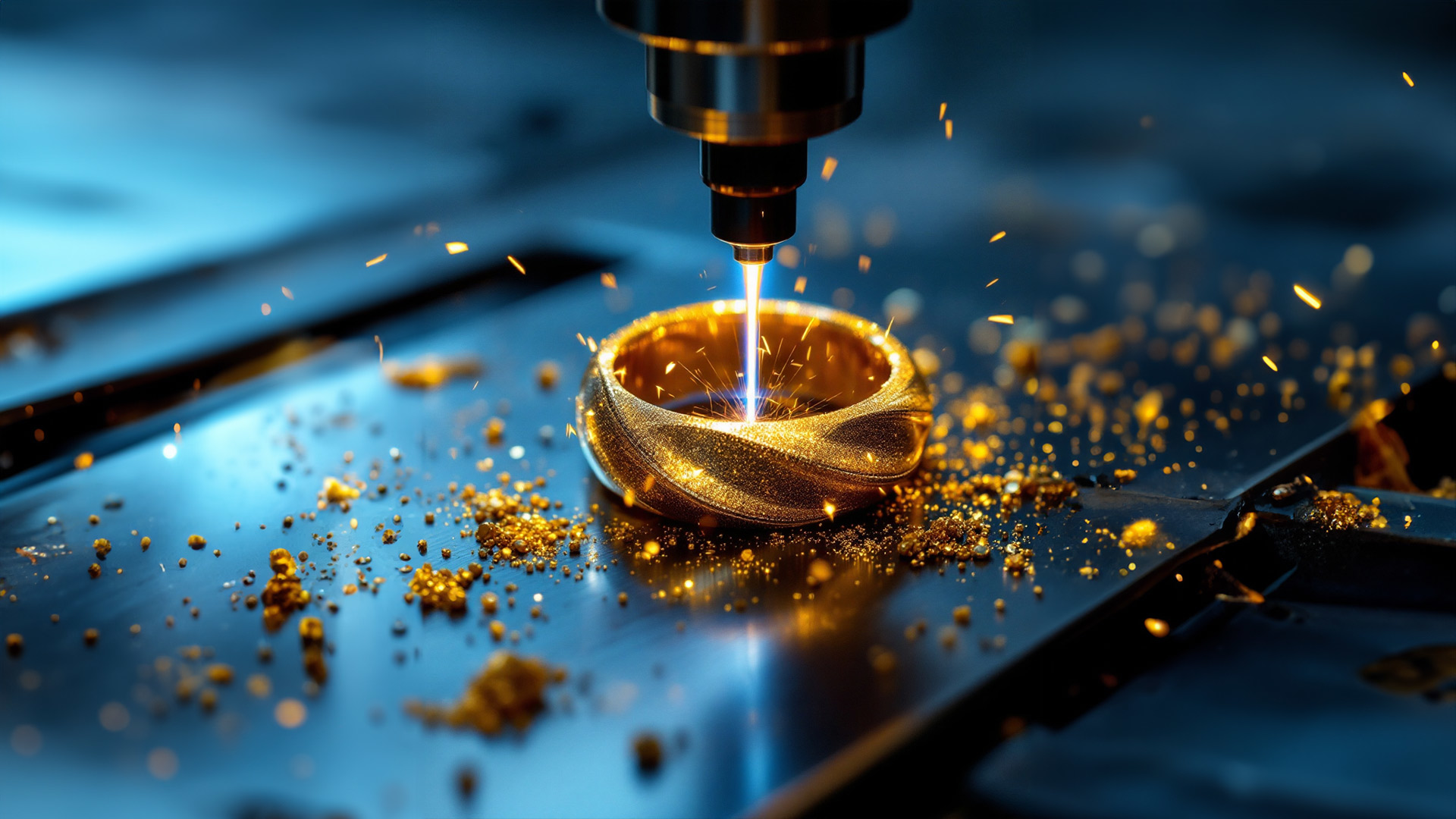
In the world of fine jewelry, where tradition and craftsmanship have reigned supreme for centuries, a technological revolution is quietly transforming the landscape. 3D printing, once relegated to plastic prototypes and industrial applications, has evolved to work with precious metals—including gold. This groundbreaking convergence of ancient luxury and cutting-edge technology is opening new frontiers for designers, jewelers, and consumers alike.
The Technology Behind Gold 3D Printing
Unlike conventional 3D printing that extrudes plastics layer by layer, printing with gold requires more sophisticated approaches. The most common method uses a process called Direct Metal Laser Sintering (DMLS) or Selective Laser Melting (SLM). These techniques employ high-powered lasers to selectively melt and fuse gold powder particles together, building intricate structures one microscopic layer at a time.
Another method involves creating detailed wax or resin models using standard 3D printers, which are then used for lost-wax casting—a traditional jewelry-making technique where the 3D-printed model is encased in a ceramic shell, melted away, and replaced with molten gold.
What makes this technology truly revolutionary is its ability to create geometries that would be difficult or impossible to achieve through traditional methods. Intricate lattices, complex internal structures, and perfectly symmetrical patterns can now be produced with unprecedented precision.
Designing Without Limits
For jewelry designers, 3D printing has eliminated many traditional constraints. Designs that once existed only in their imagination can now be brought to life without compromising on complexity or detail.
"The freedom is extraordinary," says Emma Chen, a jewelry designer who has embraced the technology. "I can create pieces with such intricate details that would take weeks to hand-carve, if they were even possible at all. Now, the limiting factor is creativity, not technical feasibility."
This technological capability has spawned entirely new aesthetic directions in jewelry design. Mathematically-derived structures like Möbius strips, fractal patterns, and biomimetic forms inspired by nature can be rendered with perfect precision. Hollow, lightweight structures that maintain strength while reducing material costs have become signatures of 3D-printed jewelry.
Customization: The Ultimate Luxury
Perhaps the most significant impact of 3D printing on the jewelry industry is the democratization of custom design. Traditionally, bespoke jewelry was an expensive proposition, requiring skilled artisans and considerable time. With digital design and 3D printing, the process has become more accessible and efficient.
Consumers can now collaborate directly with designers to create truly personalized pieces. From rings that perfectly match the contours of one's finger to necklaces that incorporate personal symbols or even sound waves of a loved one's voice translated into 3D form, the possibilities are endless.
Many jewelry companies are developing user-friendly interfaces that allow customers to modify existing designs or even create their own. This shift puts unprecedented creative control in the hands of consumers, transforming them from passive buyers to active co-creators.
Sustainability Credentials
In an era where environmental considerations are increasingly important, 3D-printed gold jewelry offers compelling sustainability advantages. Traditional gold mining and jewelry manufacturing are notoriously resource-intensive and often environmentally damaging.
3D printing, by contrast, can significantly reduce waste. The additive nature of the process means that only the necessary amount of gold is used, unlike subtractive manufacturing techniques that cut away and discard excess material. Some estimates suggest that 3D printing can reduce material waste by up to 80% compared to traditional methods.
Additionally, the technology is well-suited for using recycled gold, further reducing its environmental footprint. As Emily Roberts, sustainability director at a leading 3D jewelry printing firm, explains: "We can take heirloom pieces that have fallen out of fashion and transform that gold into something contemporary and meaningful—preserving the material's history while giving it new life."
Market Growth and Investment
The market for 3D-printed gold jewelry is experiencing rapid growth. Industry analysts predict that the global 3D-printed jewelry market will reach $11 billion by 2027, with luxury metals like gold leading the premium segment.
Major luxury brands are taking notice. Established jewelers from Tiffany & Co. to Bulgari are investing in the technology, either developing in-house capabilities or partnering with specialized 3D printing services. Meanwhile, a new generation of digitally-native jewelry brands built entirely around 3D printing technology is emerging to challenge traditional players.
Venture capital has also flowed into the space, with startups developing more efficient printing technologies specifically optimized for precious metals receiving substantial funding in recent years.
Challenges and Limitations
Despite its promise, 3D-printed gold jewelry still faces hurdles. The technology requires significant upfront investment, and while prices are dropping, industrial-grade metal printers remain expensive. Surface finishing often requires traditional handcrafting skills, as printed items typically need polishing and post-processing to achieve the smooth, lustrous finish expected of fine jewelry.
There are also material limitations. While 14K and 18K gold alloys print reliably, achieving consistent results with higher purity gold remains challenging due to the metal's properties.
Additionally, some jewelry connoisseurs express concerns about preserving traditional craftsmanship. "There's something irreplaceable about the slight imperfections and character of handcrafted jewelry," notes Marcus Hamilton, a third-generation goldsmith. "The human touch gives pieces a soul that machines can't quite replicate."
The Future Landscape
The most likely future isn't one where 3D printing completely replaces traditional jewelry-making, but rather where the technologies complement each other. Many successful jewelry businesses are adopting hybrid approaches, using 3D printing for complex structural elements while employing traditional techniques for finishing and setting gemstones.
As the technology matures, we can expect even finer resolution, greater material options, and more accessible pricing. The boundaries between digital design and physical creation will continue to blur, potentially allowing real-time customization and even same-day production of complex gold jewelry pieces.
What remains clear is that 3D printing has permanently altered the jewelry landscape, adding new dimensions to an ancient art form and redefining our understanding of luxury, customization, and craftsmanship in the digital age. For consumers and designers alike, it's an exciting time to explore the golden possibilities of this revolutionary technology.

